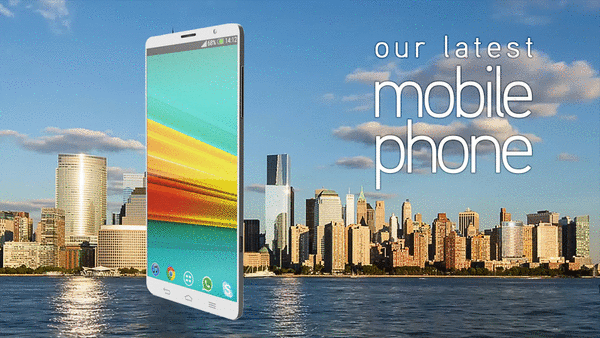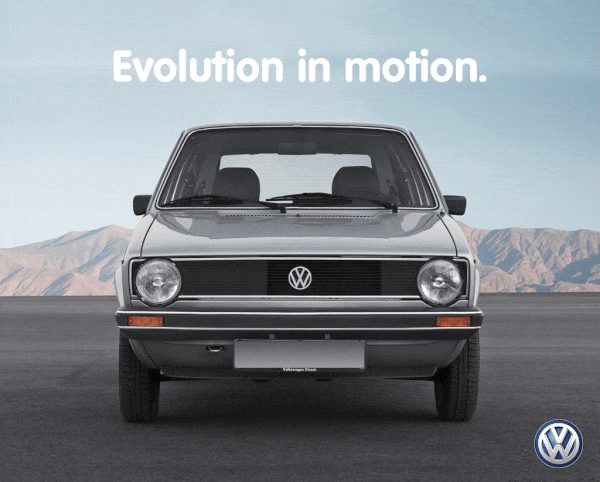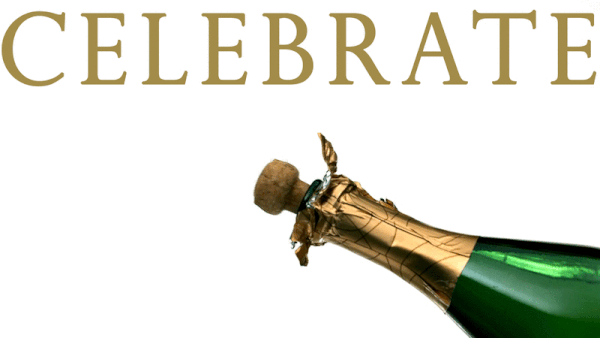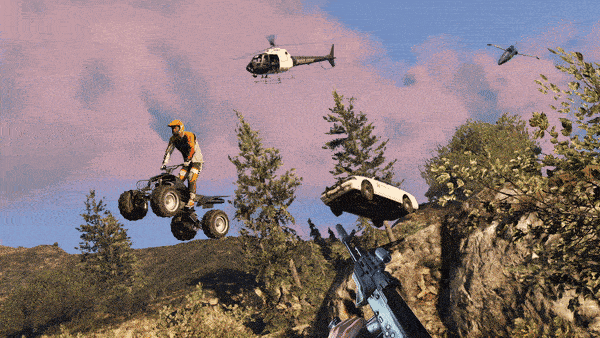Lenticular printing
Create 3D printed images with depth & movement
Types of lenticular printing
Explore the various effects & styles achievable with lenticular printing.

Flip lenticular
Flip lenticular takes two images and as the viewing angle is changed one image changes or flips into the next and vice a versa. Flip is the most popular style of lenticular print. The effect can include a subtle change in the image, or a completely new picture displayed.
Morphing lenticular
Morphing lenticular print changes from one image to another, it’s similar to flip but you can use more images.

Zoom lenticular
This effect uses a group of similar images that when placed in a lenticular print, creates the effect of the subject increasing or decreasing in size. This effect is rather good when used as a product poster or display.



Motion or animated lenticular
Motion or animated lenticular print are a series of images which create an effect of the subject moving. An example could be for a car driving or a person running. The effect works better when the background does not change too much, with only the main subject in motion.
Ultra deep 3D effect lenticular
The 3D lenticular print works really well when you have a mostly static audience. The 3D lenticular print creates a lovely effect of real depth, very similar to a holographic image with the added benefit of it being in full colour. Particularly useful for product display, it creates the effect of the product being projected forward. Almost like the product is floating in front of the viewer.


Everything you need to know about lenticular printing
Discover examples and explanations for various lenticular effects, how lenticular prints are made and costs of lenticular printing.
What is lenticular printing?
Lenticular printing allows the viewer to experience 3D images and motion in a single print without the need for any special glasses, accessories or additional devices.
A type of print that turns a static image into a dynamic, striking, 3D motion effect with depth. Lenticular printed images have the ability to move, animate and change what appears in front of you as the print is moved and observed at a variety of different viewing angles.
This print technology is particularly useful as an effective advertising and marketing tool to promote products and to show items in motion. Lenticular printed images standout and are much more noticeable than a static poster or print. A definite consideration to grab the attention of any potential buyer and customer.
Video of lenticular prints
Applications for lenticular printing
Lenticular printed images can be used standalone. As a poster, gift card or postcard, however, the prints can be mounted on to, and form part of a more substantial packaging or promotion. This can include as part of a back lit display unit for advertising.
Lenticular point of sale
Lenticular print is ideal for point of sale packaging and display items. In a swarm of static packaging, a lenticular printed point of sale or box packaging certainly catches the eye.
Lenticular outdoor advertising
Standout from a standard bill board. Large format lenticular printing can form part of a ‘moving’ bill board, bus stand or underground train advertisement.
Shop Display and window display stands
Grab the attention of window shoppers with a motion lenticular poster print.
Lenticular product posters
Rather than a product poster being walked past and not noticed, you can have your potential customer interact with your product advertisement. It has been studied that lenticular printed products and posters grab the attention six times more than a static regular poster. It certainly adds more recall value and hopefully in turn, leading to increased revenue through sales.
Lenticular Business cards
Help make a stunning first impression especially if you are in the entertainment, media, TV or advertising industry, lenticular printed business cards will certainly be a conversation starter.
Lenticular magazine cover mounts, DVD, CD, Blu-ray, 4K UltraHD Blu-ray and vinyl record covers
Film and music based products make a natural match for lenticular print as the product itself involves movement and vivid motion imagery.
Other products include corporate merchandise and gifts such as lenticular printed magnets, puzzles, mugs, badges and bookmarks.
Contact us on 0208-861-2349 to discuss any of the above types of application for lenticular printing, and if we’ve missed something, let us know, as we’ll probably be able to supply a lenticular product for that application too.
How are lenticular images made?
The first stage in creating a lenticular print is to take two or more images and combine them in a specific way using dedicated computer software. Companies that create such software include ‘Imagiam’ and ‘Human Eye’.
How the dedicated sofware works
Once initial details have been inputed into the software, the program such as final print size and size of the lenticular lens (more on this below), the computer program slices or splices the images into many thin vertical stripes.
It then recombines the images taking the first strip from each image and placing them next to each other. Then the second set of strips are arranged side by side and placed next to the first set, then the third set of strips and so on.
This process continues until all strips from the source images have been sliced up and re-arranged in the above mentioned pattern. This process is known as interlacing.
The new composite image will generally look a complete mess to the naked eye as two or more images have been intermingled or more appropriately, interlaced.
Other types of lenticular lenses
It’s also possible to create lenticular prints with multiple images. In this case the lenticular sheet has multiple lenses each facing a slightly different angle. It’s possible to create a lenticular print with an object that slowly changes, or creates animation across the sheet. The same technology can be used to generate images with a 3D depth of field similar to holographic effects, except it’s in full living colour. There are various methods used for printing the lenticular, this includes offset lithographic print and ink jet printing.
What sizes of Lenticular print are available?
Lenticular prints are available from business card size, A6 postcard size, A5 DVD cover size, A4, A3, A2 and A1 poster sizes. We can even print to a custom size or shape such as circle, oval, triangle or any other bespoke die-cut shape or outline. Just send us an email or contact our expert on 0208-8651-2349 to discuss the endless possibilities.
How does a lenticular lens work?
This is where the lenticular lens sheet comes in. A lenticular lens is a special sheet made of plastic. It has a raised surface on one side which contain a series of ridges. Each ridge is actually a lens, and the technical terminology for each of these lenses is lenticules.
The width and thickness of the lenticules can vary and a correct lenticule thickness is selected based on the final intended viewing angle and viewing distance. This measurement of thickness is called lenticules per inch, or LPI for short, and a second measurement called ‘pitch’ also dictates varying types of lenticular lenses.
We now have our interlaced image, and a lenticular lens that matches the width of the interlacing. The interlaced image is very carefully and precisely laid on to the lenticular lens so that at any particular viewing angle only the stripes of one of the images is visible. The interlaced series of images when viewed through the lenticular lenses now form a complete image once again. Hey presto, we now have a print that morphs and animates with two or more images.
With a two image lenticular print, the row lenses alternate with 50% facing left and 50% facing right. When the image is viewed from the right, only one half of the interlaced image is shown, we are unable to see through the left facing lenses. When viewed from the left, the other half of the interlaced image is visible with only the left facing lenses allowing us to see the images behind those lenses.
Tips for creating amazing lenticular prints
Find below a set of guidelines in order to produce stunning and eye-catching lenticular print.
Animated lenticular prints
Viewing angles and orientation
Lenticular prints can be printed so the images move and animate either when viewing left to right or as the print is moved in an up down rotation.
Prints which are created with motion on the up down tend to have less ghosting and work better compared to lenticular print which are in a left to right and right to left rotation. If the print is to be mounted and fixed, then use left to right, however, for lenticular prints such as postcard, business cards or any that will be hand held, then better results are achieved in an uptown motion.
Avoid Solid Backgrounds
3D lenticular
In contrast to animated prints, a substantially different lenticular effect is known as 3D prints.
The subject matter literally gives the effect of jumping off the sheet, and viewers are able to look around the subject to a given degree. Various elements of the print can be placed at varying depths to strengthen the effect and create more of a wow effect.
3D models need to created in a CAD program to achieve good 3D lenticular prints of we are working from a single image. The more complex the shape the more work and time goes into creating a 3D model. If you have multiple angles of your subject matter then these can be use and save on the 3D modelling costs.
Contrast of moving parts
Line art and text thickness
Request custom lenticular quotation
Complete the form below and let us know your custom lenticular print requirements. Do provide as much detail as possible and we’ll endevour to get back to you at the soonest.